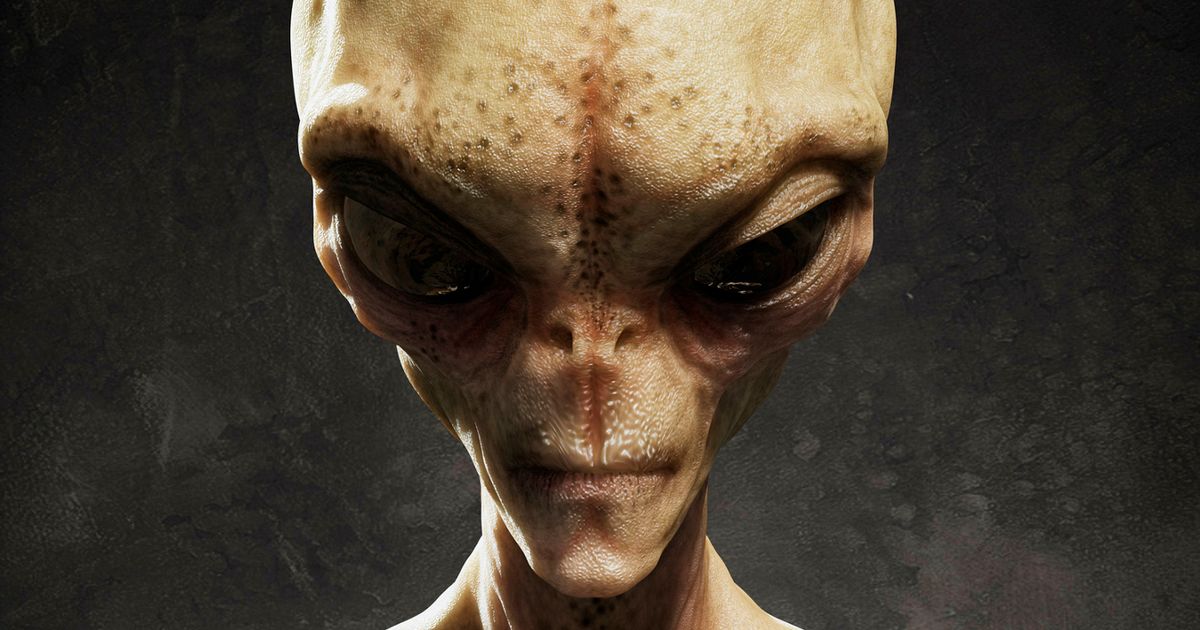For out-of-this-world news, sign up for the Spaced Out newsletter
We have more newsletters
The Daily Star's space mission to Jupiter could find alien cannibal prawns, boffins believe.
European Space Agency experts say its Juice capsule, part-funded by your favourite newspaper, could be the first in history to detect extra-terrestrial lifeforms.
Scientists think ETs lurking in deep space could range from microbes to shrimp.
RED MORE: Visitors slam 'unnerving' UK witchcraft village and vow never to return
Juice is set to blast off on its 400 million mile journey to Jupiter aboard an Ariane 5 rocket from Europe's Spaceport in Kourou, French Guiana, on Thursday (April 13).
The spacecraft is packed with 10 hi-tech devices aimed at rooting out extraterrestrial life – including a Brit magnetometer built by boffins at Imperial College, London.
It will measure magnetic fields on the planet itself and its three moons Ganymede, Callisto and Europa.
Boffins expect to find vast oceans beneath the frozen surfaces which they believe are the most likely spots in the Solar System to find aliens.
But European Space Agency spokesman warned Star Trek-style it may be "life Jim, but not as we know it".
"If life is present on the moons it is most likely to be in the form of microbes or extremophiles,'' they said.
"These are organisms that live in places on Earth that we would think of as extreme such as hot springs or glaciers.
"More advanced species might also be present such as various kinds of coral, worms, mussel, shrimp and even fish.
-
NASA announces Artemis II astronauts for first manned moon mission in more than 50 years
"They might however also be so different from the lifeforms that we're familiar with.
"We currently have no means to classify them. And possibly so different that we cannot even detect them.''
Boffins have studied shrimp living in Earth's deepest undersea hydrothermal vents in a bid to work out what signs of alien life to look out for when Juice starts its analysis of Jupiter and its moons in around eight years.
The tiny creatures live piled on top of each other layer upon layer crawling on rock chimneys that spew hot water off 16,000ft below sea level off the west coast of Cuba in the Caribbean.
-
'Superhuman AI will kill us all — we must stop developing it,' warns expert
Bacteria inside the shrimps' mouths and in specially evolved gill covers produce organic matter that feed the crustaceans.
The bacteria are able to survive in extreme environments because of chemosynthesis – a process that works in the absence of sunlight and involves organisms getting energy from chemical reactions.
In this case the bacteria use hydrogen sulfide – a chemical abundant at the vents – to make organic matter.
Vent temperatures can climb up to scorching 750F (400C) but waters just an inch away are cool enough to support the shrimp – which eat one another to survive.
The creatures are blind but have thermal receptors in the backs of their heads.
Remains of fellow shrimps were found in their guts.
-
Space tourists will be able to join the 68-mile high club – by romping in orbit
Max Coleman, senior research scientist at NASA's lab, has said: "It's a remarkable symbiotic system.
"You go along the ocean bottom and there's nothing, effectively. And then suddenly we get these hydrothermal vents and a massive ecosystem. It's just literally teeming with life.''
Emma Versteegh, a post-doctoral fellow at the lab, said it was possible similar creatures could exist on Jupiter's moons
"Whether an animal like this could exist on Europa heavily depends on the actual amount of energy that's released there through hydrothermal vents,'' she added.
The UK Space Agency has invested £9m in Juice's mission which the Daily Star was invited to join last month to watch the capsule and rocket as they were prepared for lift-off.
A team from the University of Leicester helped make the probe radiation-proof to enable it to operate in deep space.
An Open University team tested and calibrated imaging sensors for the its camera system.
While University College London’s Mullard Space Science Laboratory provided detectors and Aberystwyth University contributed to anti-radiation technology.
To get more stories from Daily Star delivered straight to your inbox sign up to one of our free newsletters here.
READ NEXT:
- For more of the latest news from the world of the Daily Star, check out our homepage
-
Putin's war crimes beamed into Belarus with giant screen and speakers on Ukraine border
-
Surge in Russians ringing 'I Want To Live' hotline as soldiers run from 'slaughter'
-
WWE slammed by for using Holocaust Auschwitz footage in Wrestlemania 'prison' promo
-
Ancient Egyptians used Putin's brutal punishment of choice, shocking discovery suggests
- Nasa
- Science
- Alien
- Space
- Science
- London
- Spaced Out
- Exclusives
Source: Read Full Article









